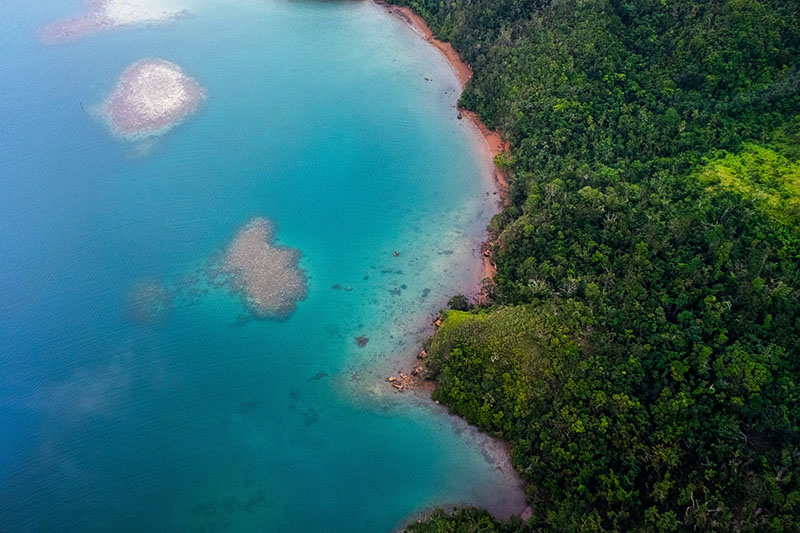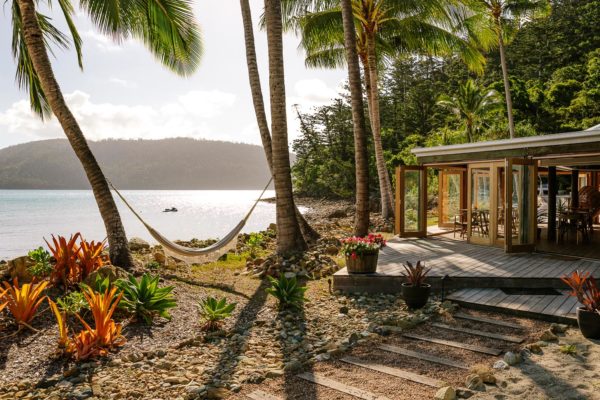Ever heard about environmental racism and how important it is for those of us in our eco-journey?
More than half of the people who live within 1.86 miles of toxic waste facilities in the United States are people of colour. These statistics can be a representation of environmental injustices around the world.
I currently live in Mexico City, where last year we had an environmental contingency because the climate situation was that bad. Every week, we hear news about toxic waste dumped in low-income communities.
And, people of colour make up most of these areas.

So what exactly is environmental racism?
Well, in simple terms, environmental racism is how pollution burdens people of colour.
It includes dumping toxic waste in their community, contaminating their water, lack of access to green areas, and rising seas impacting island nations.
As if that’s not enough, communities of colour are more likely to suffer from asthma, cancer, lead poisoning, and strokes.
When climate disasters come, whether it’s flooding, hurricanes, earthquakes, and other phenomena, communities of colour are hit the hardest.
You might be asking yourself, how can the air and water be racist?
Natural forces are obviously not this way, but those who control policymaking, and decide if you get access to a clean environment are people.
And, well—people can be racist.
A Little History
The history of environmental racism starts roughly 500 years ago when colonisation established an oppressed system, which we are still fighting to overthrow today.
As we all know, they forced Native tribes out of their homes and relocated them to “worthless” reservations. But when colonisers found out that their land had valuable resources, and that Native tribes were in the way of profits, their land was destroyed (and, still is!) over again.
Gentrification, plus white flight—white people leaving areas when people of colour arrive—devalued the real estate of people of colour. This paved the way for large corporations to establish and pollute in PoC communities, which caused more devaluation of the area, and continued with the oppression.
It’s a complete vicious cycle.
Examples of Environmental Racism
The United States
The number of examples I found in The United States alone is insurmountable. There’s the Cancer Alley in Louisiana, where Black and Hispanic communities live next to petrochemical facilities; alarmingly, they are 50 times more likely to get cancer than the national average.
And, during Hurricane Katrina, the government ordered the relocation of families but failed to take into account that more than half of New Orleans’s community relied on public transportation. This resulted in hundreds of deaths in the Black community.
Think about it.
When talking about environmental justice, we need to talk about mobilization, access to clean water, safe solid waste removal services, underfunded education, PoC in leadership positions, and so many more elements that heavily affect the Black, Hispanic, and Native tribes.
Internationally
The environmental justice movement has risen in the last decades, which has enacted environmental restrictions in the US and Europe.
Great!
But wait a minute.
Big corporations still need to dump toxic waste. If they can’t do it in their own country, where do you think they are polluting now?
You guessed it. Overseas. More specifically, developing countries that don’t have as much economical or political power to fight back.
For instance, in Nigeria, the Ogoni people have protested against Shell Oil for polluting their land. This got worse when the government ordered the execution of nine Ogoni activists.
This is just the tip of the iceberg.
Mexico and the US have been disputing their borders for a long time. The United States taking 90% of the Colorado River has affected the Native tribe of Cucapá. This is their most important water source! The remaining 10%, which is in Mexico, is for the agricultural industry. And, the small water flow that is still available to the Cucapá is polluted.
Same goes for the First Nations people of Australia.
The country, with which they have spiritual interconnectedness, has been stripped away. Not to mention that their life expectancy is 20 years less than non-Indigenous groups. The government greatly favours mining corporations that destroy Indigenous lands in favour of capitalism and colonialism.
If we ask ourselves the question: Who benefits from environmental racism? The answer is as clear as privatised water: white privilege and capitalism.
So how can we Combat Environmental Racism?
If you would like to research further, in the United States success stories are found with the National Urban League and National Council of Negro Women. In Australia, there is Friends of the Earth Australia, and the Australian Environmental Justice. All of them use legal expertise to protect nature, and they unite local activist groups.
Still, many fail to think about those already affected physically, and mentally; we need to advocate for health programs.
Oh, and don’t forget the efforts and voices of women such as Winona LaDuke!
But what can we do?
- It all starts with educating ourselves. Let’s talk about it in our home, community, and our local government. That’s right! We can make a difference.
- Raise money and public attention to help organizations and colored activists.
- Vote, vote vote! Black, Latinx, and Native tribes need to be in leadership positions. And, we can also foster solidarity with organized protests, marches, civil disobedience, and meetings with local representatives.
- Reduce our waste! We can start by buying fewer materials that contribute to the destruction of Mother Earth.
- And, what about social media? That is a great opportunity to gain traction for a movement that’s in dire need of worldwide support.
It’s essential to take into account racial division, historical roles of oil companies, slave ancestry, white workers, sexism, and relocation of Native tribes. It is only then that we can engage with different fields and industries to make global changes.
You, me, and some awareness of environmental racism is all we need to start making a change. The truth is out there; it’s only a matter of taking action and joining hands with our community to save the Earth and support our oppressed brothers and sisters.
Now that you know this, what ideas do you have in mind to raise awareness in your community and local government? Are there any resources you would like to share with us that can help battle environmental racism?


